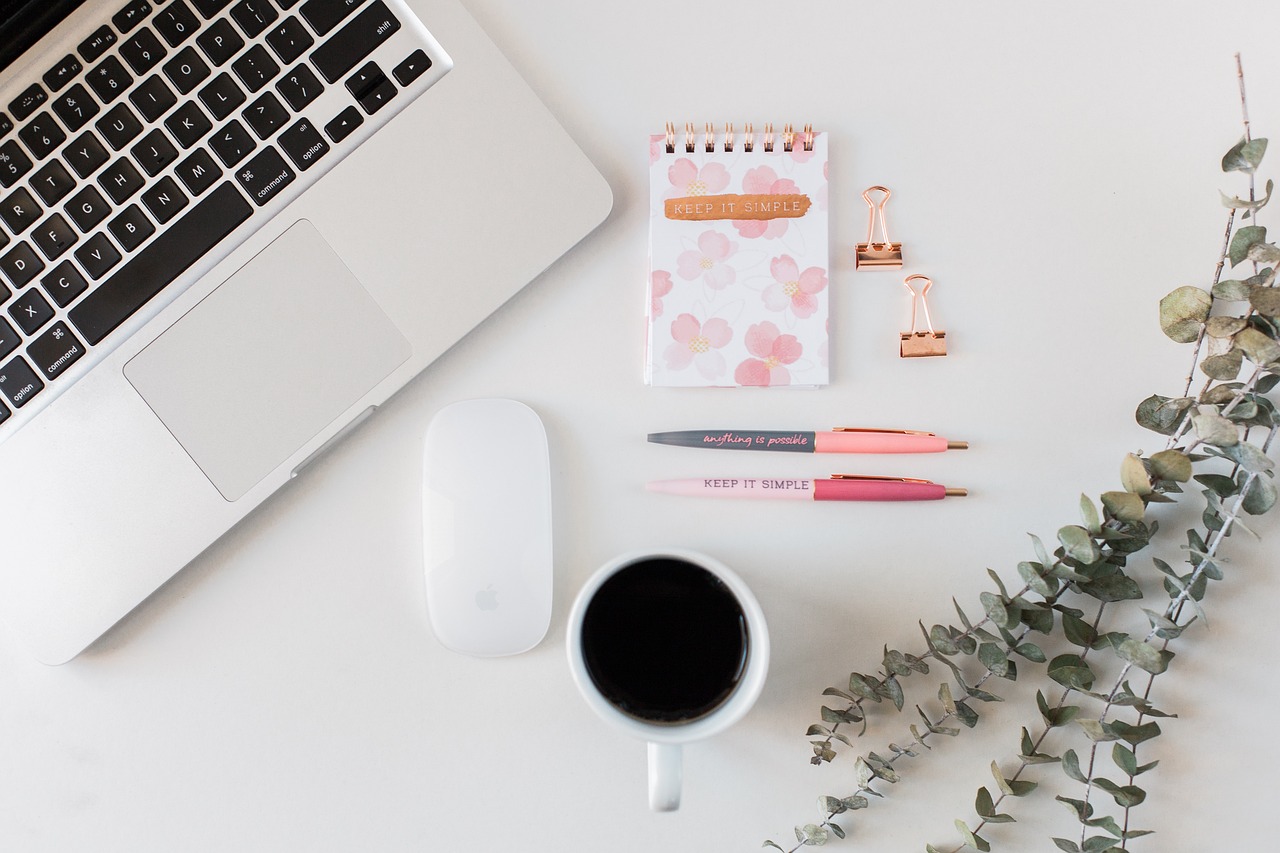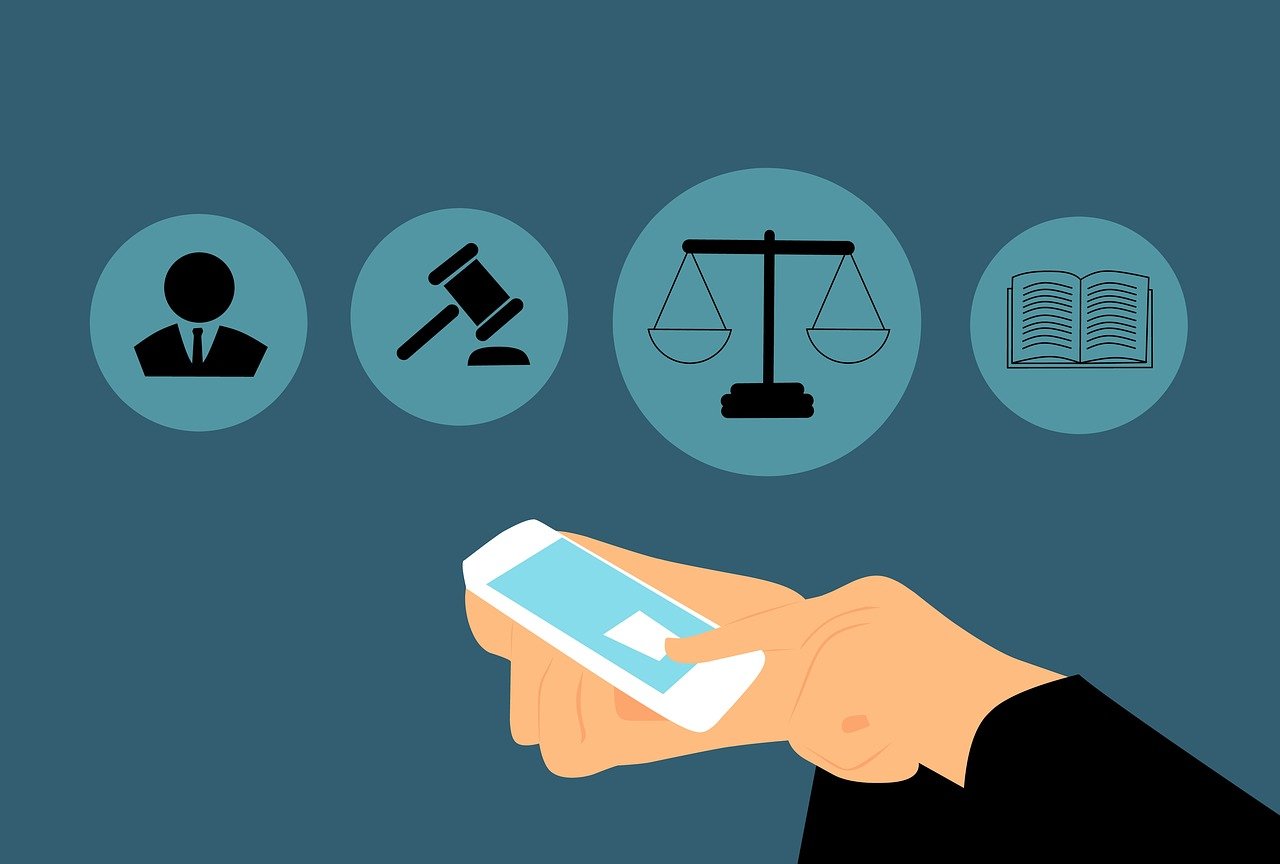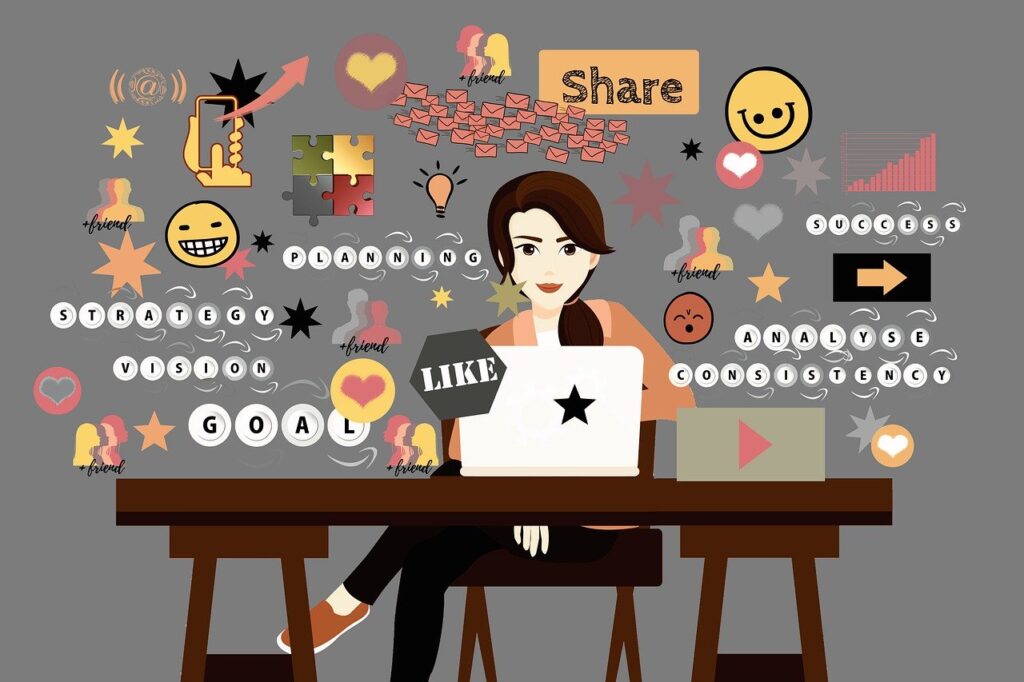
In today’s digital age, visuals play a crucial role in capturing readers’ attention and enhancing the overall experience of a blog post. With the advancement of artificial intelligence (AI), a new world of possibilities has emerged in the form of AI-generated images. These computer-generated visuals offer a unique and creative way to illustrate your content.
AI-generated images can be used for blog posts, but there are some important rules and guidelines. These images must be properly credited, and you should check for copyright or usage restrictions. Additionally, AI-generated images should supplement your content, not replace it entirely.
However, using AI-generated images raises questions about legality, ethics, and best practices. In this blog post, we’ll explore whether you can use AI-generated images for your blog posts and provide guidance on how to do so responsibly and effectively.
What are AI-generated images?
AI-generated images are visuals created by artificial intelligence (AI) systems instead of being made by humans. These images are not drawn, painted, or photographed in the traditional sense. Instead, they are generated by complex computer programs called AI models.
These AI models are trained on massive datasets of existing images, allowing them to learn patterns, shapes, colors, and styles. When you provide the AI with a text description or prompt, it uses this learning to generate a brand-new image that matches your description.
For example, if you ask an AI image generator to create “a photo of a fluffy golden retriever puppy playing fetch on a sunny beach,” it will analyze the prompt and combine different elements from its training data to produce a unique image fitting that description.

Are AI-Generated Images Legal to Use?
When using AI-generated images, it’s important to understand the legal considerations and copyright laws involved. While the rules surrounding AI-generated content are still evolving, there are a few key points to consider.
Here are some things to consider when thinking of using AI Images:
- Check specific AI tools or services’ terms of use/license agreements.
- Understand that AI-generated images may be protected by copyright laws, with ownership depending on factors like terms of service and level of human involvement.
- Comply with any restrictions or requirements outlined in the terms, such as needing to credit the AI model or service.
- Failing to follow the terms of use could lead to copyright infringement issues and legal consequences.
- Even if not explicitly required, consider crediting the AI model/service as a best practice for transparency and maintaining ethical standards.
- Be cautious when using AI-generated images for commercial purposes and ensure you have the rights or permissions.
Images created by AI models are generally considered original works, which means copyright laws may protect them. However, the ownership of these copyrights can be complicated, as it depends on factors like the terms of service of the AI tool, the training data used, and the level of human involvement in the image creation process.
It’s crucial to check the terms of use or license agreements of the specific AI model or service you’re using to generate images. Many AI image generators grant users certain rights to use and share the generated images, but there may be restrictions or requirements, such as crediting the AI model or service.
Failing to follow the terms of use or license agreements could lead to copyright infringement issues, which can have legal consequences. It’s always better to be cautious and ensure you have the necessary permissions or rights to use AI-generated images, especially for commercial purposes.
Additionally, it’s generally considered best practice to credit the AI model or service used to generate the images, even if the terms do not explicitly require it of use. This transparency helps maintain ethical standards and acknowledges the role of AI in the creative process.
By understanding the legal considerations and following the guidelines provided by the AI image generator, you can ensure that your use of AI-generated visuals is legal and ethical.
How to Properly Use AI-Generated Images in Blog Posts
While AI-generated images can be useful for bloggers, use them ethically and effectively. Here are some tips to keep in mind:
- Use AI-generated images as supporting visuals, not as the main content. Your blog post should still primarily consist of high-quality, original written content created by humans.
- Don’t rely solely on AI-generated images to convey your message or tell a story. Instead, use them to complement and enhance your written content by providing visual aids, examples, or illustrations.
- Always credit the AI model or service used to generate the images, even if it’s not explicitly required. This transparency helps maintain ethical standards and acknowledges the role of AI in the creative process.
- Be mindful of potential biases or inaccuracies in AI-generated images. While they can be highly creative, they may not always accurately represent reality. Use human oversight and fact-checking to ensure the visuals are appropriate and truthful.
- Encourage human creativity by allowing AI-generated images to inspire and spark new ideas, rather than replacing human effort entirely. Combining AI-generated visuals with human-made elements can create unique and engaging content.
While AI-generated images can be valuable tools, they should never completely replace original written content and human creativity. Your blog’s value lies in the unique perspectives, storytelling abilities, and authentic connections only humans can provide.
Potential Drawbacks of Using AI-Generated Images
While AI-generated images can be a valuable tool for bloggers, it’s important to be aware of some potential drawbacks and limitations:
- Lack of authenticity: AI-generated images may not always accurately represent reality or capture the true essence of a subject or scene. This lack of authenticity could undermine the credibility and trustworthiness of your blog content.
- Quality concerns: Although AI image generators are constantly improving, the quality of the generated images can still be inconsistent or subpar in some cases. Poor image quality could negatively impact a user’s experience and the visual appeal of your blog.
- Potential legal risks: As discussed earlier, there are legal considerations and copyright laws when using AI-generated images. Failure to comply with the terms of use or licensing agreements could lead to legal issues or copyright infringement claims.
- Factual inaccuracies: AI-generated images are based on the training data and algorithms used by the model, which may not always be completely accurate or up-to-date. This could result in factual inaccuracies or misleading visuals being included in your blog content.
To mitigate these potential drawbacks, it’s crucial to exercise caution and due diligence when using AI-generated images. Always fact-check and verify the accuracy of the visuals, especially if they are meant to convey important information or represent real-world subjects or events.
Additionally, use AI-generated images in moderation and conjunction with other forms of visual content, such as original photography or illustrations created by humans. This balanced approach can help maintain authenticity and credibility while benefiting from the creative potential of AI-generated visuals.
Best Practices for Using AI-Generated Images Like a Pro!
AI image generators are awesome for creating cool visuals, but there are some things to remember to use them responsibly. This guide will show you how to use AI-generated images!
Giving Credit Where Credit’s Due: Transparency is Key!
Imagine showing off an amazing picture you made, but you didn’t mention the awesome paintbrushes you used! With AI art, it’s similar. Here’s how to be transparent:
- Mention the AI tool you used: Just like you’d say “made with watercolors,” let people know you used an AI image generator (like Dall-E 2 or Midjourney).
- Call it AI-generated: Don’t claim the image as your photography or creation. Be honest – it’s a cool collaboration between you and AI!
Copyright Clues: Knowing Your Rights
The world of AI art and copyright can be tricky. Here’s a simplified breakdown:
- AI-generated images are generally considered new creations. This means you usually own the copyright for what you create with the AI tool.
- Double-check the tool’s terms: Some AI generators might have specific rules about how you can use the images. It’s like borrowing a friend’s art supplies – always ask permission first!
- If you use existing images in your prompt: This gets a bit more complex. Make sure you have the right to use any photos or artwork you include in your prompt to generate the final image.
Using AI Images Ethically: Be a Responsible Creator
AI art is a powerful tool, and with great power comes responsibility! Here are some things to keep in mind:
- Avoid creating offensive or harmful content. AI can be used to generate realistic images, so be mindful of what you’re creating.
- Don’t spread misinformation. Remember, AI art is a creation, not a photograph. Make it clear if your image isn’t real.
- Use AI art for good! AI images can be fantastic tools for creative projects, presentations, or social media posts.
By following these best practices, you can ensure you’re using AI-generated images responsibly, ethically, and following the rules. Now go forth and create awesome AI art!
Conclusion
AI-generated images can be a valuable addition to blog posts, but they should be used responsibly and in compliance with legal and ethical guidelines. While these images can enhance visual appeal and supplement content, they should not replace original written material and human creativity.
By following best practices and properly crediting AI models, bloggers can leverage the power of AI-generated visuals while maintaining authenticity and avoiding potential legal issues.


